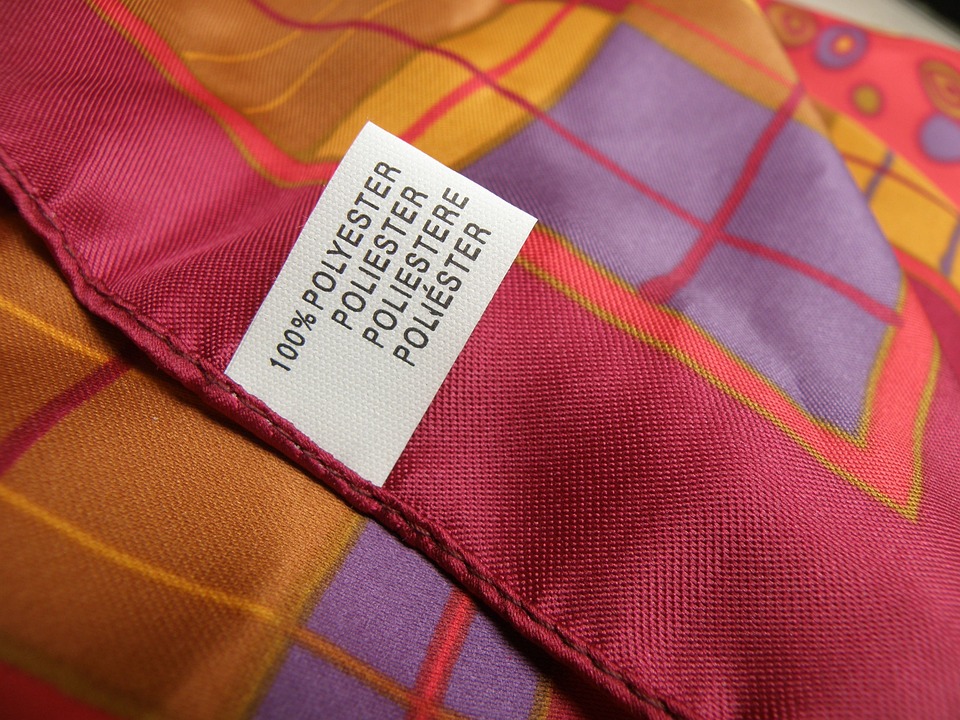Unraveling the Myths: Debunking Common Misconceptions about Polyester
Polyester is a synthetic fabric that has been in use for decades. However, despite its prevalence in our everyday lives, there are still many misconceptions and myths surrounding this versatile textile. In this article, we will debunk some of the most common misunderstandings about polyester.
Myth 1: Polyester is uncomfortable and causes skin irritations.
One of the biggest misconceptions about polyester is that it is uncomfortable and irritates the skin. While it is true that some low-quality polyester fabrics can feel scratchy and cause discomfort, high-quality polyester, such as those used in athletic wear or high-end fashion, is made to be soft and comfortable. Additionally, polyester is often blended with other fibers, such as cotton, to enhance its comfort and breathability.
Myth 2: Polyester is not breathable and causes excessive sweating.
Another common myth about polyester is that it does not breathe, leading to excessive perspiration. However, this is not entirely accurate. Polyester has moisture-wicking properties that can effectively pull perspiration away from the skin, keeping the wearer cool and dry. Many sportswear brands utilize polyester fabric precisely for its ability to regulate body temperature during physical activities.
Myth 3: Polyester is not eco-friendly and harms the environment.
There is a widespread belief that polyester is harmful to the environment due to its synthetic nature. While it is true that polyester is derived from petrochemicals, recent advancements in textile manufacturing have significantly reduced its environmental impact. Polyester can now be made from recycled materials, including plastic bottles, reducing the reliance on new raw materials. Additionally, polyester fabric is highly durable, which means it lasts longer and requires less frequent replacement, reducing overall waste.
Myth 4: Polyester is prone to pilling and does not last long.
Another common misconception is that polyester fabric easily pills and does not have a long lifespan. While it is true that some low-quality polyester fabrics may be prone to pilling, high-quality polyester, when properly cared for, can last for a significant period without showing signs of wear. Additionally, blends of polyester with other fibers, such as nylon or spandex, increase durability and reduce the likelihood of pilling.
Myth 5: Polyester is flammable and melts easily.
Polyester does have a reputation for being flammable, but this is not exclusive to polyester. In fact, many natural fibers, such as cotton and wool, are also highly flammable. However, polyester fabric can be treated with flame retardant finishes during manufacturing, which enhances its fire-resistant properties. Additionally, modern safety regulations, such as those in children’s sleepwear, ensure that polyester fabrics meet certain safety standards.
In conclusion, polyester is a versatile and reliable fabric that has been unfairly subjected to various misconceptions. While it is essential to acknowledge that there are varying qualities of polyester, judging the fabric as a whole based on these misconceptions does an injustice to its advantages. When choosing polyester products, it is crucial to opt for high-quality materials and reputable brands to enjoy the benefits polyester offers in terms of comfort, durability, and sustainability.

